Inflation: A Factor to Control
In 2023, GDP growth will reach 5.05% with CPI increasing by 3.25% compared to the previous year. In 2024, GDP growth will reach 7.09% with CPI increasing by 3.63%. Some of the above figures show that a rule that is always true is that strong economic growth often leads to increased inflation.
The Government’s target of striving for GDP growth of at least 8% this year and aiming for double digits in the coming years reflects great expectations, efforts and determination to exploit the growth potential to the fullest in the era of national development. However, this also poses the problem of maintaining macroeconomic stability, one of the significant challenges of which is controlling inflation.
Because rapid economic growth means increased demand for investment capital, consumption and credit. When demand increases sharply but supply cannot keep up, prices of goods and services will "escalate", creating inflationary pressure. According to Dr. Andrea Coppola, Chief Economist of the World Bank (WB) in Vietnam, Cambodia and Laos, if GDP growth is 8% or higher in the coming years, Vietnam needs to take careful measures to control inflation.
“The trade-off between growth and inflation is always a balancing act, depending on the potential of the economy and production capacity. If growth is promoted too quickly, the risk of high inflation is inevitable,” said Dr. Andrea Coppola.
The problem of controlling inflation is not only domestic, but also greatly affected by the international market. The pressure of imported inflation is also a constant concern. For example, the strengthening of the US dollar makes imported goods into Vietnam more expensive, pushing up production costs. In addition, the US government's tariff policy is expected to have a significant impact, causing inflation in the US to increase, interest rates to be difficult to reduce, disrupting the supply chain and slowing economic growth, which can indirectly affect domestic inflation, narrowing the space for Vietnam's monetary policy...
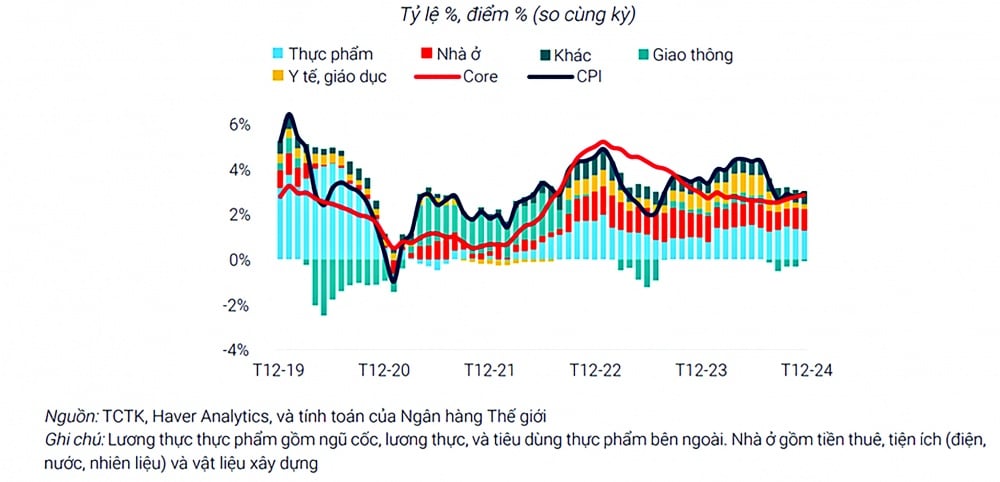 |
| Inflation developments (Source: WB) |
High growth must go hand in hand with macroeconomic stability.
However, experts also believe that the overall picture of inflation this year is still quite optimistic. Dr. Can Van Luc - Chief Economist of BIDV - said that the pressure on inflation from the increase in public investment disbursement or increased domestic consumption is not only this year but has existed before, so it is not too much pressure. In addition, a factor that this expert emphasized that could contribute to reducing inflationary pressure is that world commodity prices are quite stable, especially oil prices (which are forecast to remain around 70 USD/barrel this year and may decrease next year).
“Inflation this year is expected to be only 4-4.5%, completely under control,” said Dr. Can Van Luc. But according to this expert, in the longer term, with the target of double-digit growth each year from next year, Vietnam will have to make efforts to keep inflation below 5% to avoid instability. Because once price pressure increases, it will be very difficult to bring inflation back down. Inflationary psychology and inflation expectations, once combined with actual inflation exceeding 5%, will be very heavy.
Experts also emphasized that inflation is not a single phenomenon but is influenced by many factors. Therefore, controlling inflation requires a systematic and comprehensive approach, including three main spearheads: (i) Fiscal and monetary policies must coordinate well to maintain balance and loosen sufficiently to support growth but not too much to trigger excessive inflation; (ii) Regulating prices, especially essential goods managed by the State (adjusting prices according to a roadmap, but avoiding rushing at the same time) to avoid the risk of "following the flow", increasing inflation expectations; (iii) Improving labor productivity, applying technology to production, improving supply chains... to help the economy develop in depth, instead of relying only on increasing investment capital and expanding money supply.
“In the current context, when Vietnam sets an ambitious GDP growth target, it is important to closely monitor and take measures to control inflation, while promoting production capacity to increase sustainable growth. In particular, with an aging population, improving labor productivity is a key factor. Regarding credit, this year's credit growth target has been raised as a way to support the financial system, investment, consumption, as well as promote domestic aggregate demand. However, it is important to ensure that capital flows are used effectively, avoiding risks of increasing inflation and bad debt. Close monitoring and supervision in the coming time is necessary to maintain economic stability,” Dr. Andrea Coppola recommended.
Experts also believe that high growth is only meaningful when macroeconomic stability is maintained and inflation is always under control. High economic growth without causing inflation to get out of control is not an impossible task, but requires a harmonious coordination between policies and macroeconomic regulation.
| “Headline inflation is expected to remain below target, but caution is warranted. Food prices have stabilized, inflation remains anchored in 2024 and is expected to stabilize at 3.5% in 2025-26, below the 4.5-5% target for 2025. Despite ongoing conflicts in Ukraine and the Middle East, oil price inflation is forecast to continue to cool. Payment packages related to public sector downsizing during the merger of ministries and agencies are expected to have only a minimal impact on headline inflation given the small size of the state sector as a share of total employment,” according to the World Bank’s Taking Stock economic update. |
Source: https://thoibaonganhang.vn/tang-truong-cao-khong-danh-doi-voi-lam-phat-vuot-tam-kiem-soat-162092.html


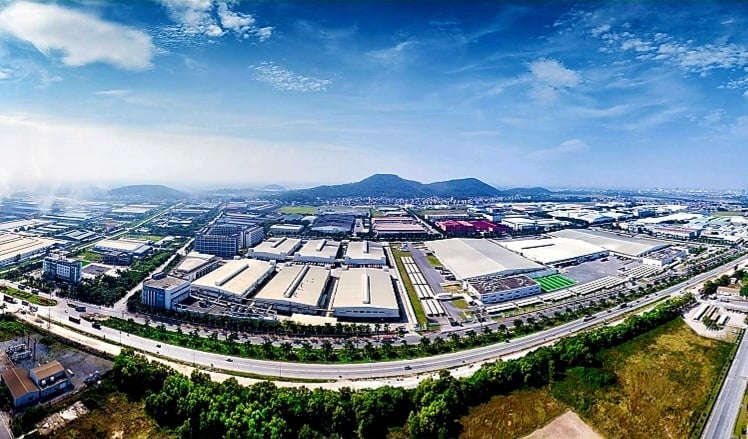
![[Photo] Comrade Khamtay Siphandone - a leader who contributed to fostering Vietnam-Laos relations](https://vstatic.vietnam.vn/vietnam/resource/IMAGE/2025/4/3/3d83ed2d26e2426fabd41862661dfff2)

![[Photo] Moment of love: Myanmar people are moved to thank Vietnamese soldiers](https://vstatic.vietnam.vn/vietnam/resource/IMAGE/2025/4/3/9b2e07196eb14aa5aacb1bc9e067ae6f)
![[Photo] Special relics at the Vietnam Military History Museum associated with the heroic April 30th](https://vstatic.vietnam.vn/vietnam/resource/IMAGE/2025/4/3/a49d65b17b804e398de42bc2caba8368)




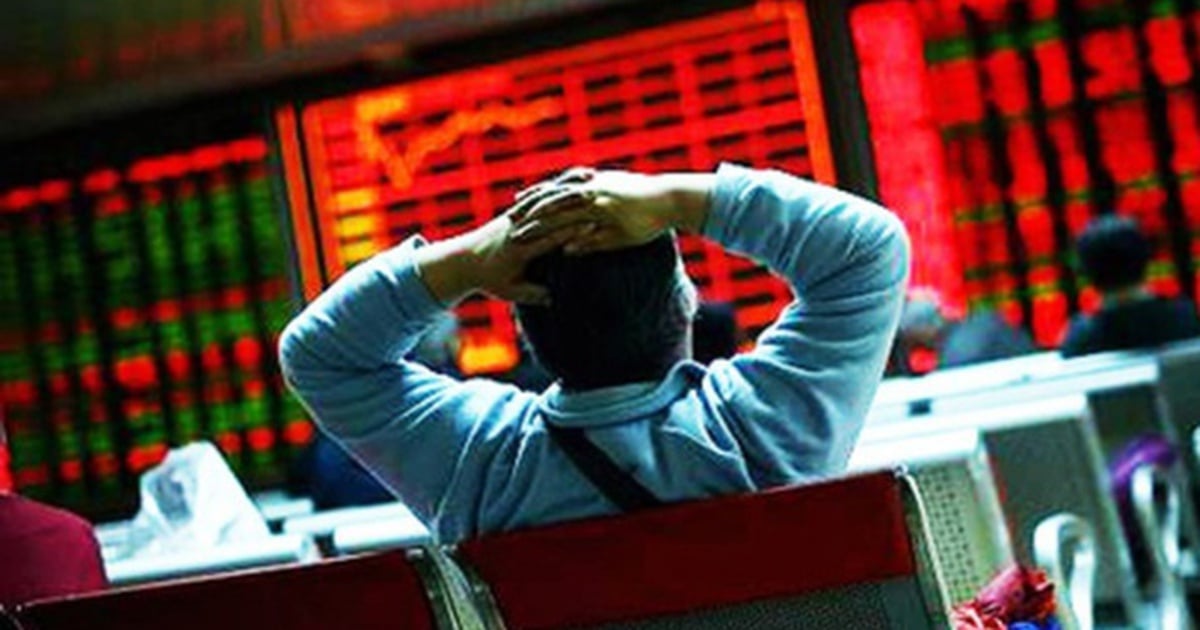







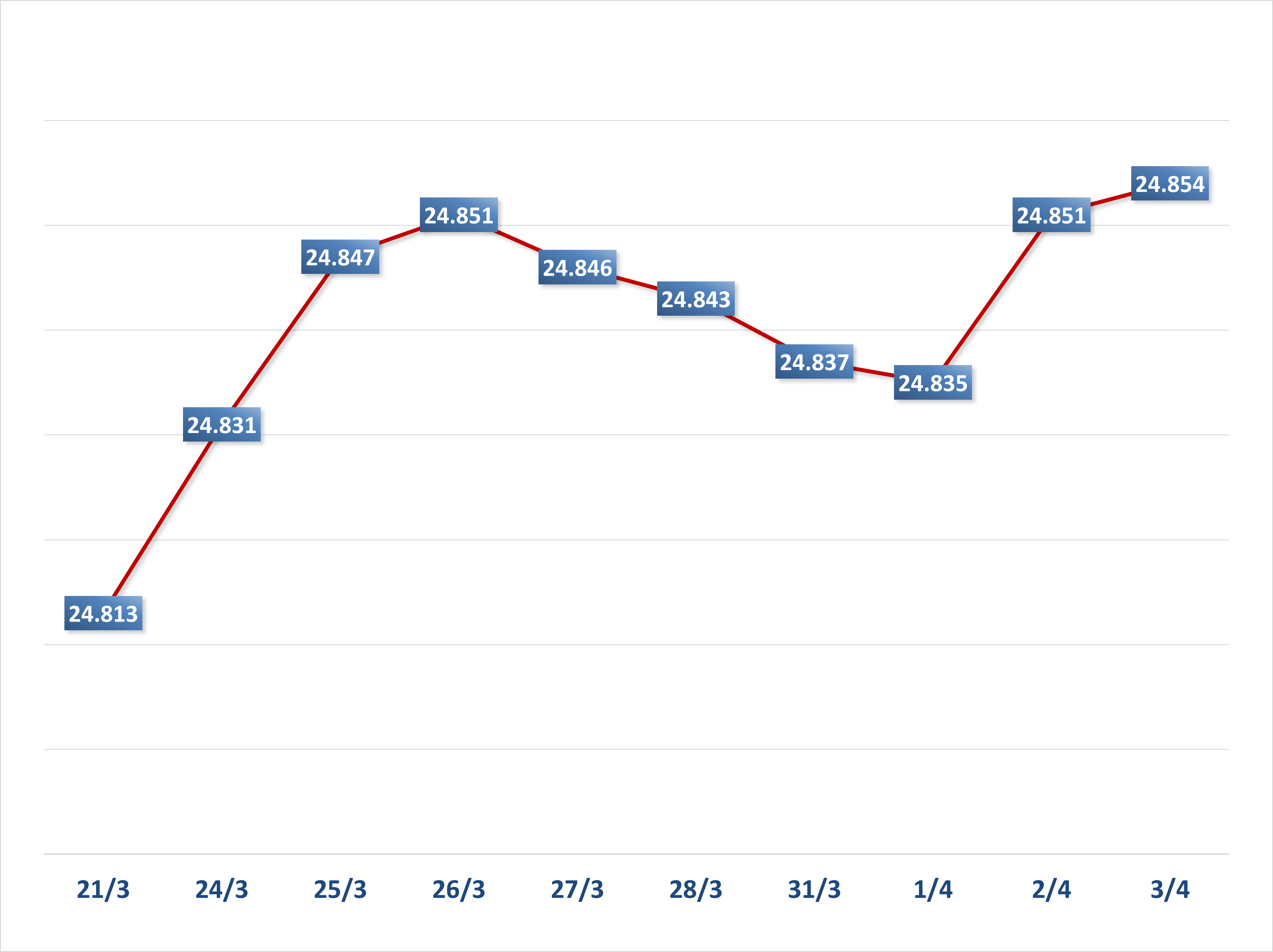
![[Infographic] Cross exchange rates of Vietnamese Dong with some foreign currencies to determine taxable value from April 3-9](https://vstatic.vietnam.vn/vietnam/resource/IMAGE/2025/4/3/29a48fd80b3b46a0963e6449698a292b)


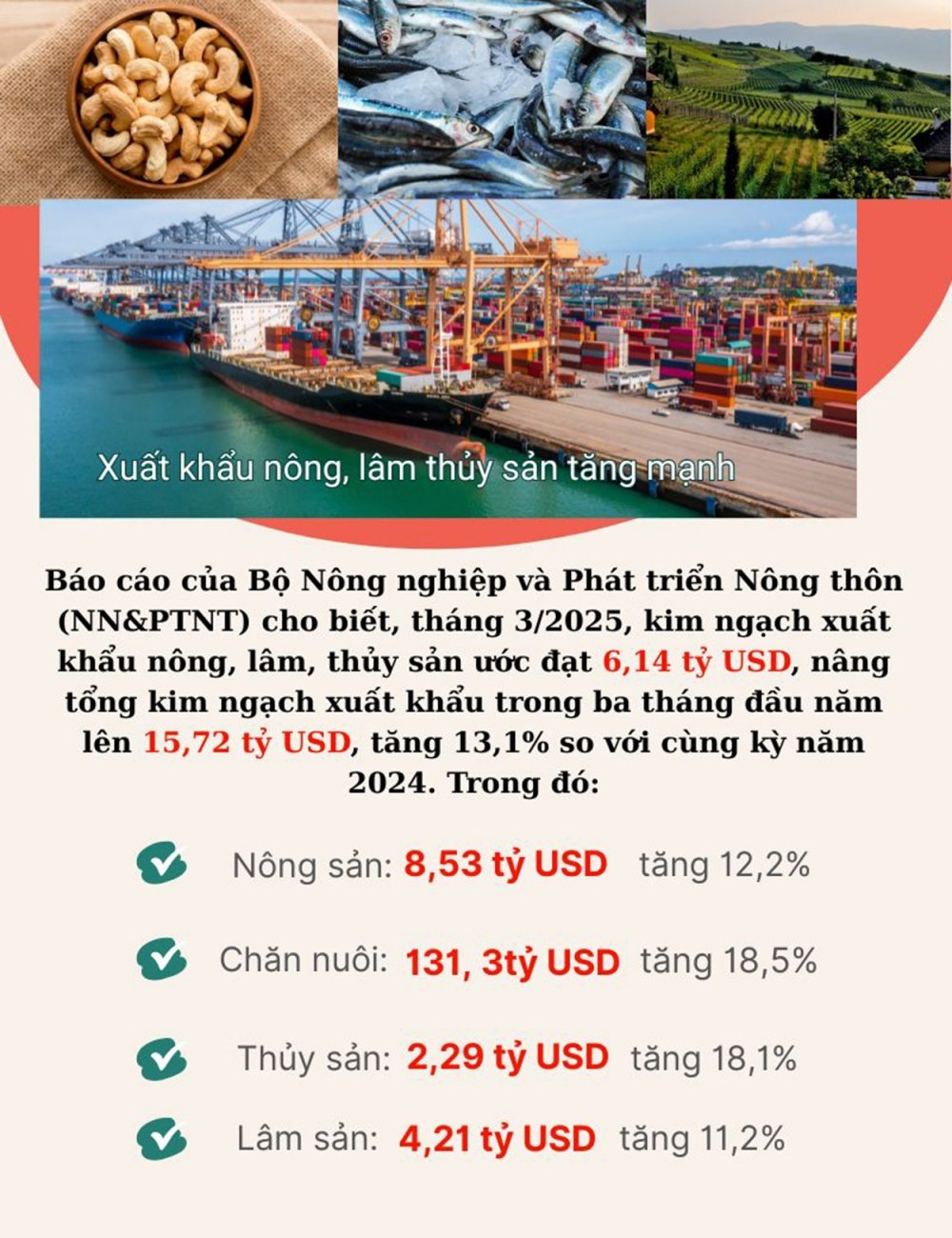

































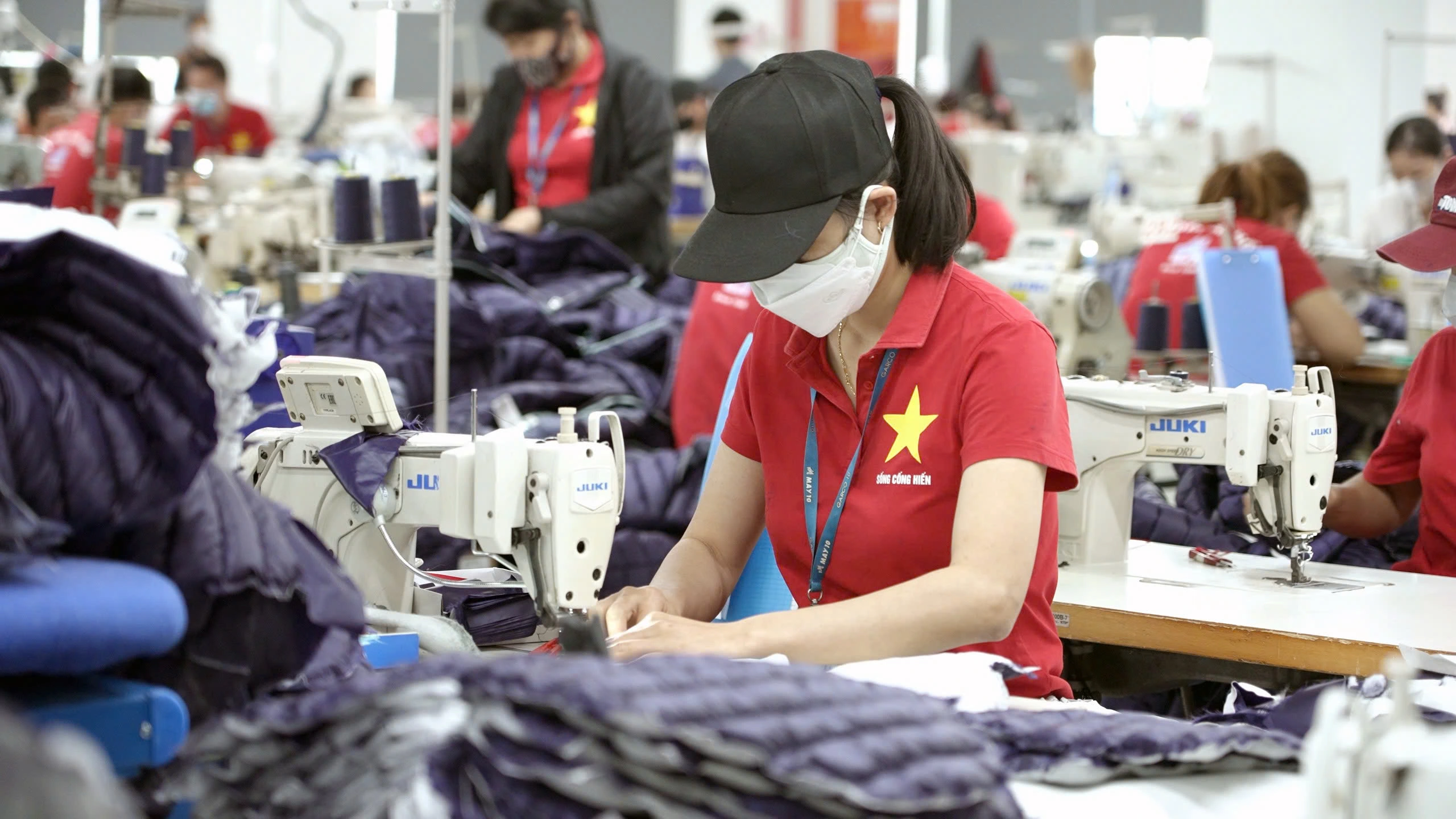




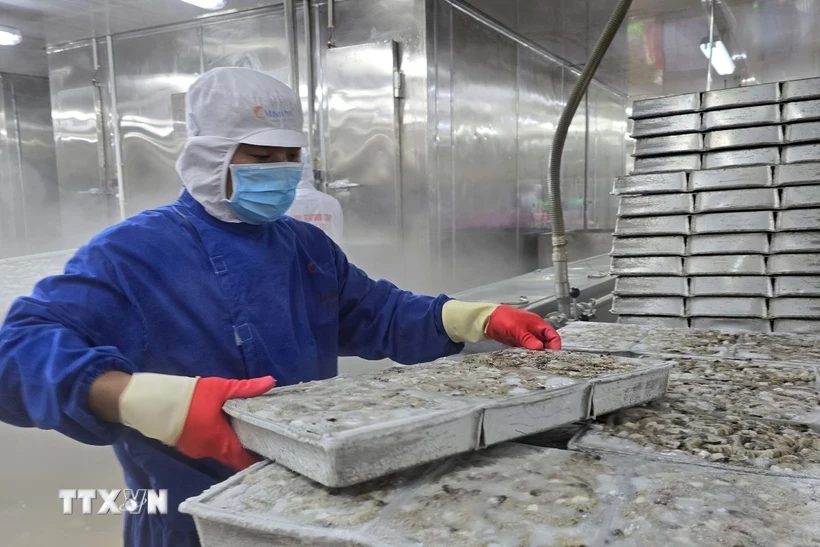














![[Podcast] News on March 24, 2025](https://vstatic.vietnam.vn/vietnam/resource/IMAGE/2025/4/3/f5fa1c3a9ae14d4590ac6965d233586b)














Comment (0)